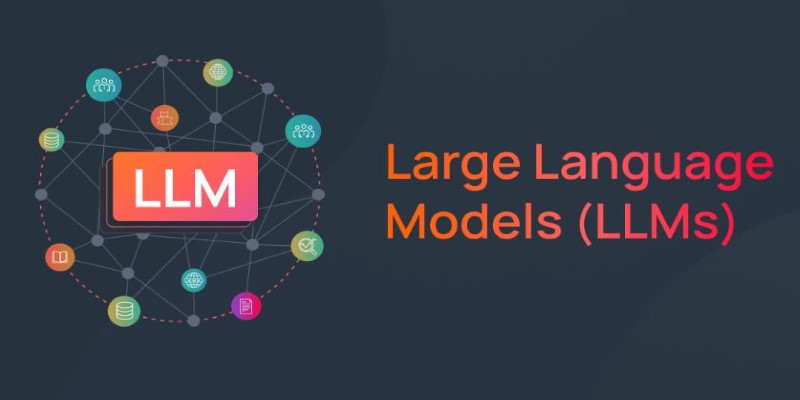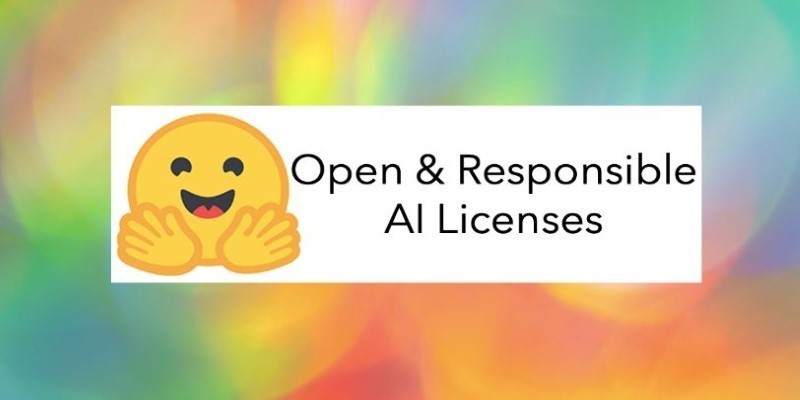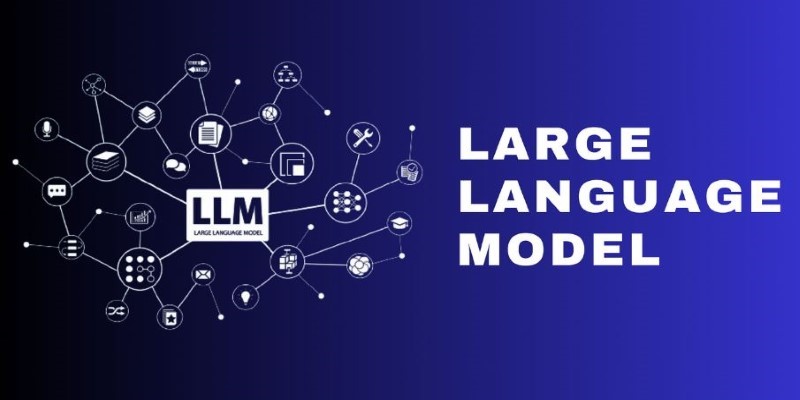Advertisement
In recent years, artificial intelligence (AI) has made huge strides, and one of the most impactful advancements has been the development of Large Language Models (LLMs). These AI systems are revolutionizing industries by offering advanced natural language understanding and generation capabilities. But what exactly are LLMs, and how do they work? In this article, we’ll break down these models, their applications, and how they process and generate human-like text.
At its core, a Large Language Model (LLM) is an artificial intelligence designed to learn and produce human language. They are constructed with enormous amounts of text data from all over the internet, including books, websites, and research papers, and so have the capacity to learn and represent intricate language patterns, subtleties, and organization. These models might be considered a form of deep learning algorithm, specifically neural networks being used to handle language at scale.
LLMs such as GPT (Generative Pretrained Transformer), BERT (Bidirectional Encoder Representations from Transformers), and others work on predicting the next word in a sequence given the context. The larger the amount of data on which these models are trained, the more adept they become at producing coherent, contextually relevant responses.
Training a Large Language Model is no easy task. The process consists of inputting the model with huge datasets to enable it to learn different facets of language—grammar, vocabulary, sentence structure, and even the latent emotional connotation imparted in various words. A large component of LLM training is imparting the patterns in text so the LLMs can predict what words or phrases will follow.

The learning process employs a deep neural network referred to as a Transformer, and it is particularly well-suited for dealing with sequential data such as language. Simply put, this network is intended to "pay attention" to various words in a sentence so that it can better comprehend their interactions with each other. This ability to pay attention enables the model to deal with long-range word dependencies so that it can understand more complicated sentences.
During training, the model learns to adjust millions—or even billions—of parameters (the variables that define how the network responds to inputs) to improve its predictions. The model "learns" by making predictions about text and then correcting itself based on the difference between its prediction and the actual data. Over time, this allows the model to generate text that is increasingly sophisticated and contextually relevant.
Once trained, an LLM is capable of generating human-like text in response to a variety of prompts. These prompts can range from simple questions to complex tasks such as writing essays, generating code, or even composing poetry. The way LLMs generate text is based on the probability of one word following another in the context of a given prompt.
For instance, if you ask an LLM, "What is the capital of France?" it will generate the response "Paris" because the model has seen numerous examples of this question-answer pattern during training. It uses the knowledge it gained during training to predict the most likely response based on its understanding of the language and context.
A key feature of LLMs is that they don't simply memorize text from their training data. Instead, they learn patterns and structures in language, allowing them to generalize and create entirely new sentences and responses. This ability to generate novel content is what makes LLMs so powerful and versatile.
The potential applications of LLMs are vast. From natural language processing (NLP) tasks like text translation and summarization to more advanced functions like sentiment analysis, these models are changing the way we interact with technology. They are being integrated into everything from customer support chatbots to creative tools like writing assistants and even coding helpers.
One of the most widely known applications is virtual assistants. Tools like Siri, Alexa, and Google Assistant rely on LLMs to understand spoken language and respond with human-like accuracy. Similarly, in the realm of content creation, LLMs are increasingly used to generate articles, product descriptions, and even complex technical documents. Businesses are leveraging these models to automate repetitive writing tasks, enhancing productivity and efficiency.
Moreover, LLMs are making significant contributions to research. They can quickly sift through vast quantities of data, helping researchers uncover patterns, summarize findings, and even suggest new directions for investigation. This ability to rapidly process and analyze large amounts of information opens up new possibilities in fields like healthcare, law, and education.
While the capabilities of LLMs are impressive, they are not without their challenges. One of the main concerns is their potential for generating biased or harmful content. Since LLMs are trained on data from the internet, which includes both positive and negative examples, they can sometimes reflect or amplify societal biases. This is why researchers and developers are working on techniques to reduce bias in these models and ensure they produce fair and ethical outputs.

Another issue is the environmental impact of training such large models. The process requires massive computational resources, which can be energy-intensive. As a result, researchers are exploring ways to make these models more efficient and environmentally friendly.
Despite these challenges, the benefits of LLMs are undeniable. They have the potential to improve communication, enhance productivity, and open new avenues for innovation across various industries.
Large Language Models are transforming the landscape of artificial intelligence by enabling machines to understand and generate human language with unprecedented accuracy. Through advanced neural networks and vast datasets, these models can create everything from simple responses to complex creative outputs. While challenges remain, particularly regarding ethical considerations and environmental impact, LLMs continue to be a driving force behind many technological advancements. As these models evolve, we can expect them to become an even more integral part of our daily lives, helping to solve problems, generate ideas, and even change the way we interact with the world.
Advertisement

Explore the journey from GPT-1 to GPT-4. Learn how OpenAI’s lan-guage models evolved, what sets each version apart, and how these changes shaped today’s AI tools

OpenRAIL introduces a new standard in AI development by combining open access with responsible use. Explore how this licensing framework supports ethical and transparent model sharing

Can ChatGPT be used by cybercriminals to hack your bank or PC? This article explores the real risks of AI misuse, phishing, and social engineering using ChatGPT

AI prompt engineering is becoming one of the most talked-about roles in tech. This guide explains what it is, what prompt engineers do, and whether it offers a stable AI career in today’s growing job market

Can AI finally speak your language fluently? Aya Expanse is reshaping how multilingual access is built into modern language models—without English at the center

Selecting the appropriate use case will help unlock AI potential. With smart generative AI tools, you can save money and time

Explore 5 real-world ways students are using ChatGPT in school to study better, write smarter, and manage their time. Simple, helpful uses for daily learning

Is it necessary to be polite to AI like ChatGPT, Siri, or Alexa? Explore how language habits with voice assistants can influence our communication style, especially with kids and frequent AI users

Learn 8 effective prompting techniques to improve your ChatGPT re-sponses. From clarity to context, these methods help you get more accurate AI an-swers

Compare Notion AI vs ChatGPT to find out which generative AI tool fits your workflow better. Learn how each performs in writing, brainstorming, and automation

What Large Language Models (LLMs) are, how they work, and their impact on AI technologies. Learn about their applications, challenges, and future potential in natural language processing

Why teachers should embrace AI in the classroom. From saving time to personalized learning, discover how AI in education helps teachers and students succeed